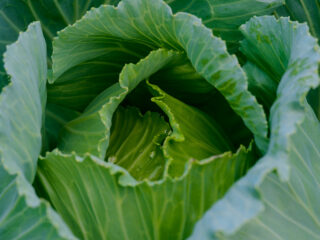
How to Add Texture to Walls Using Various Finishes
Wall finishes can make all the difference in a space and there are a few finishes to utilize: Limewash, Venetian Plaster, and Roman Clay.
These paint finishes add dimension, depth, and warmth to any space. They are also eco-friendly, fire retardant, antiseptic, and anti-fungal.
These finishes look a lot alike, but there are some key differences.
Highlights:
- Limewash is watered down leaving walls with a patina finish
- Venetian Plaster is thicker and the finish can range from shiny to matte with a marbled appearance
- Roman Clay resembles natural stone that is usually smooth and soft to the touch
- Limewash and Venetian Plaster are best for interiors or exteriors
- Roman Clay is best for interiors only



Limewash
Limewash, also known as Lime Paint, is a traditional material that has been used for thousands of years. It is made of limestone that’s been crushed, burned, and mixed with water to make lime putty. It is then aged and thinned with water and colored with natural pigments.
Limewash creates a sued-like texture that is matte and chalky and appears as paint strokes and smears in different directions. It’s watered down leaving walls with a patina finish that looks like it had been there for years. Think of watercolor paintings but on your walls with one color covering the entire canvas.
Limewash is applied in several thin coats using a flat brush or masonry paintbrush and finished with a matte sealer. It can be applied over the majority of interior and exterior surfaces (i.e. drywall, brick, cement, plaster, or stucco).



Venetian Plaster
Venetian Plaster, also known as Polished Plaster, is one of the oldest building materials known to man. It is similar to limewash as it is a lime-based putty made from fired limestone or marble dust mixed with water, but it’s thicker and the finish can range from shiny to matte with a marbled appearance.
Venetian plaster can be applied to interior and exterior walls using a trowel with multiple thin layers and fluid movement in different directions. Its application is heavyweight and dries with a more stroke-like finish.



Roman Clay
Roman Clay is a specialty paint finish made of natural ingredients. It has a much thicker consistency than regular paint with a very slight sheen, especially when left unsanded. It creates a finish similar to Venetian plaster and resembles natural stone that is usually smooth and soft to the touch.
Roman Clay is applied in sweeping motions with a putty knife or trowel and is suitable for interior application only.
Interested in featuring your home or project? Submit your project here.
Looking for more inspiration?





Leave a Reply